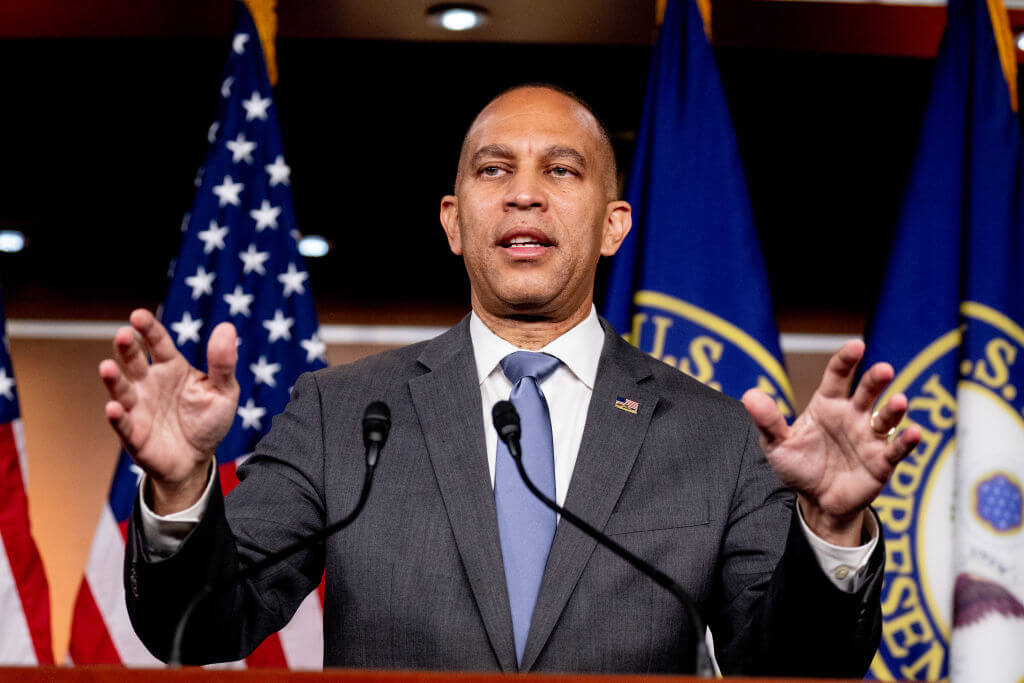No, Gen Y Does Not Have a ‘Union Problem’
In The Sisterhood post “Does Generation Y have a Union Problem?” Sarah Seltzer wrote about the apathy she sees in her peers when it comes to supporting the labor movement, and how she hopes that the protests in Wisconsin will serve as a wake-up call. I agree with Sarah that there is overall less enthusiasm among Gen Y about unions than in generations past, but I don’t think it is merely a case of apathy.
For starters, I feel inclined to point out that when I worked as a consultant on a few organizing campaigns for the Service Employees International Union (SEIU), I met droves of passionate and bright Gen Yers who were committed to the trade union movement as a vehicle for social justice and maintaining our ever-shrinking middle-class. These young men and women, many of whom came out of the anti-sweatshop movement that has spread on college campuses over the past decade, work hard and long to ensure that working mothers get health care for their families and janitors receive adequate protection from the hazardous chemicals they must use on the job.
My experience in the labor movement also gave me some insight into the changing shape of the organizing campaigns in the last decade or so, and why they receive less public interest overall. It isn’t just that there has been less support for labor, but that, in a way, there is less to be directly supportive of. We have moved from an economy where workers produce goods in centralized workplaces to one where workers perform services in decentralized workplaces, decreasing the odds for future “Norma Rae” types. Also, for a combination of strategic and legal reasons, strikes and boycotts are no longer always the most effective tactics for negotiations or to send a message to employers.
I spoke with a former colleague, Jessica Champagne, who recently joined the Worker Rights Consortium (WRC), an independent labor rights monitoring organization, as Director of Research and Advocacy, after five years as a global campaigner and researcher at the SEIU. In this interview, in which she speaks on behalf of herself — not her employer — she discusses Generation Y’s engagement with the labor unions, how the movement has changed and the ways in which it still needs our support.
Elissa Strauss: What is your take on Gen. Y’s support of the labor movement?
As someone on the cusp of Generations X and Y — i.e., in my early 30s — I am constantly in awe of younger student and worker activists who are winning change locally and nationally. United Students against Sweatshops, for example, has now been working with campus workers and international unions for more than 10 years. Working alongside unions, they are winning living wages, ensuring that workers are able to exercise their right to organize unions, and showing that change is possible. They’re definitely a dedicated minority, but that’s been true of every social movement.
As Sarah Seltzer wrote, this is an exciting moment to think about this question — it’s been great to see videos of thousands of folks in Wisconsin carrying signs like “Care about educators like they care for your child” and “Enjoy your weekends? Thank a union!”
How did you get into labor activism?
I was raised with the classic Jewish tikkun olam values of making the world a better place. My grandmother in particular is always very clear that for her, Judaism was about acting for justice. Like a lot of middle-class Jewish folks these days, I didn’t grow up knowing about unions except as a piece of history — although now my grandmother tells me about what being in the Histadrut, the Israeli labor union, meant to her and her parents.
When I was in high school, I read some of the early exposes of the impoverishment and abuses of workers producing clothes for U.S. consumers. I was shocked to hear that the clothes I wore were made in a way that involved exploiting other people, and determined to do something about it. When I got to college, a Students Against Sweatshops group was forming, and I dove into the effort to get Yale to guarantee that Yale T-shirts and sweatpants would be “sweatshop-free.”
It took me a few more years to really understand why unions were necessary. First, I thought about the logistics of trying to monitor thousands of factories, and realized that the only way to create permanent improvements was to ensure that workers were able to be their own “monitors” — to have the strength that comes through unity, the legal protections they deserve, and the opportunity to speak out about problems at worksites.
Why do you think labor campaigns receive less public support than they did a few decades ago?
Around the world, corporate attacks on unions and the decline in government support for pro-worker policies has meant that the portion of workers in unions has declined. Fewer and fewer young people have personal experience with unions — and maybe fewer and fewer young people expect decent treatment on the job and a social safety net, which is a sad thought and maybe also a reason people don’t always fight back. The right has been unfortunately successful in painting the benefits that middle-class people once took for granted (although many other people were still denied them), like pensions and health care, as crazy perks that union workers somehow have at other people’s expense.
What are some of the most pressing issues for American unions today?
The attacks of Republican state legislatures and governors on public workers and public services is a nightmare for people who need state services — which is all of us in one way or another — and for public-sector workers. The fightback efforts in the states, such as the AFL-CIO’s “We are One” campaign is crucial.
Most workers, according to polls, would like to be part of a worker organization that can advocate for their shared interests. The problem is that employers overwhelmingly opt to fire workers, to threaten to close down completely, and to spend huge sums of money on anti-union consulting groups rather than allow workers to have a voice in how they are treated. Under these circumstances, supporting workers in forming a union requires real resources and strategy, which more and more unions are providing.
[In addition,] Democrats have repeatedly showed real cowardice —and lack of long-term thinking — in failing to pass labor law reform that would create a level field for workers.
What about globally?
Over the past decade, global companies have developed more sophisticated communications about their “corporate social responsibility” programs. However, in all too many cases these communications tactics are not accompanied by a willingness to really invest in workers’ standard of living. In the garment industry, and in many other sectors, global name brands contract out 100% of their production. They then push factory owners to constantly lower prices and fulfill tighter turnaround times. After wheedling another penny discount per shirt, they may then tell the factory owner that they expect him to comply fully with national labor laws and the brand’s code of conduct.
What’s the best way for Gen Yers, and others, to get involved in the labor movement?
For me, Jobs with Justice has been a great way to plug into local struggles and national solidarity. Joining in state- and city-level fights to preserve the services we need and the rights of public workers is crucial right now. On the international front, one project I’ve been learning about lately is a garment factory that is serving as an example of what workers’ lives can be like when they are paid a living wage and allowed to organize a union. The AltaGracia factory in the Dominican Republic opened last year and my colleagues at the Worker Rights Consortium have been verifying that it lives up to its pledges to be a responsible employer.
A message from our CEO & publisher Rachel Fishman Feddersen

I hope you appreciated this article. Before you go, I’d like to ask you to please support the Forward’s award-winning, nonprofit journalism during this critical time.
We’ve set a goal to raise $260,000 by December 31. That’s an ambitious goal, but one that will give us the resources we need to invest in the high quality news, opinion, analysis and cultural coverage that isn’t available anywhere else.
If you feel inspired to make an impact, now is the time to give something back. Join us as a member at your most generous level.
— Rachel Fishman Feddersen, Publisher and CEO
























